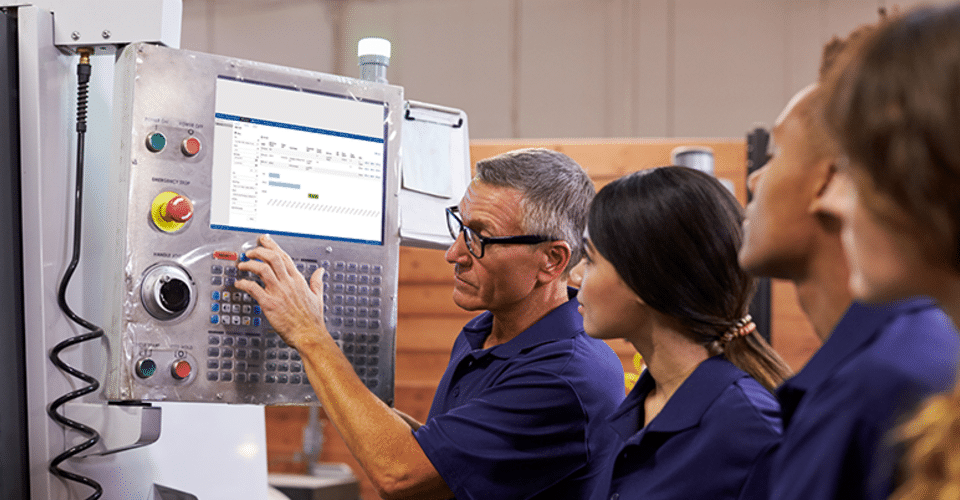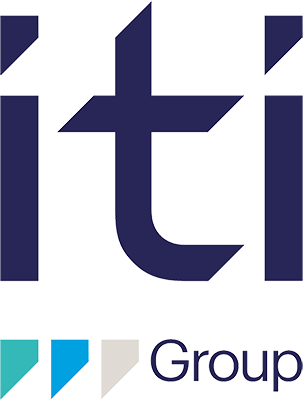Maintenance in manufacturing – are you ahead of the game?

Manufacturing maintenance teams are challenged with ensuring maximum availability of machinery and equipment to increase production capacity and efficiency. One of the key roles of maintenance is to keep production lines running without unplanned downtime; keeping machinery serviced, updated and running effectively to reduce the likelihood of breakdowns and stoppages. So, what can manufacturers do to ensure their maintenance function is as efficient as possible?
Equipment, staff, production schedules and external factors are all liable to change, often without warning. Manufacturers typically face a number of maintenance issues:
- Old and unreliable machinery which adversely impacts production levels, but there is no budget for new equipment
- Unforeseen machine breakdowns which increase maintenance costs and impact production times
- Shortage of skilled labour for maintenance tasks (and over-stretched maintenance teams blamed for excess downtime)
- Problems getting parts to the right place, at the right time, when machinery breakdowns occur, resulting in increased downtime
- No visibility of planned maintenance schedules and subsequent impact on capacity
- Lack of visibility as to the true cost of machinery
8 TOP TIPS FOR EFFECTIVE MAINTENANCE MANAGEMENT
- Complete a regular maintenance audit (ideally annually): a maintenance audit gives you a good understanding of potential problem areas, but also identifies where your maintenance is being managed effectively. Regular audits allow comparison tracking – how has maintenance management improved since the last audit?
- Audit work orders from the last 12 months (easier with maintenance management software!) – what is the data telling you? What are the underlying trends for your machinery productivity?
- Analyse unplanned maintenance. Are some machines failing frequently and/or responsible for the majority of unplanned requests? Is there a pattern of breakdowns related to shift times or specific maintenance teams? (this could be a sign of additional training requirements if maintenance work is not completed correctly, causing additional breakdowns). Or there could be a problem with a spare parts supplier – are parts failing before advertised usage thresholds?
- Planned/preventive maintenance data shows trends in equipment life cycles. Are specific machines taking more than their fair share of maintenance budget? Understand how much equipment costs to maintain – it may be more cost effective to buy new. Additionally, check to see if you are ‘over-maintaining’ equipment – are you following the prescribed recommendations for scheduled maintenance, or doing more than is necessary for efficient operations?
- What spare parts have you used over the time period? Can you identify poorer quality parts from specific suppliers, (or a particular ‘bad batch’)? Do you know your optimum spare part stock-holding levels to avoid under- or overstocking?
- Measure results. Establish a set of maintenance KPIs and use these to track progress. KPIs will vary dependent on business goals but will typically include areas such as Equipment Downtime, Maintenance Backlog, Mean Time Between Failure (MTBF), Average Time to Repair, Planned Maintenance Percentage (PMP), Schedule Compliance etc
- Not all machines are created equal! Prioritise equipment according to business need, taking into account age, risk factors, impact of downtime etc.
- Balance costs and benefits in your preventive maintenance schedule. For new machinery, start with manufacturer recommendations and then adjust these for older equipment eg following repair and part replacements. What does your historical data tell you about timeliness of repairs and resulting machinery uptime?
- Consider the following in maintenance scheduling:
- Small tasks can be completed at the close of a shift
- Larger maintenance jobs are ideally scheduled during plant shutdown
- Allow contingency in maintenance hours for overruns/emergency repairs
- Upskill operators/supervisors to be self-sufficient in straightforward maintenance tasks – and avoid excess downtime waiting for a maintenance operative.
- Implement standardised procedures throughout the plant, allowing efficient allocation of resources (including maintenance) to maximise production.
- Invest in training! Cutting back the training budget will typically result in additional breakdowns, procedures not adhered to, and potential regulatory compliance issues. Additionally, educate maintenance staff on the importance of the role and its impact on the business as a whole.
- Encourage honest feedback. Issues can be quickly rectified if problems are understood and addressed. Allow proactive input and ideas for improvement. Don’t underestimate the experience of operators and maintenance staff. They will have the knowledge about typical issues with familiar machines.
Thanks to improved data collection options (such as low-cost smart data collection devices), manufacturers can now benefit from real-time analysis with a visual display of collated data, enabling cost-effective, simplified maintenance management. Decisions on repair/replacement of equipment can be taken with the full facts to hand – ensuring maximum uptime of critical equipment and proactively managing potential issues.
Whilst any manufacturing facility will undoubtedly still encounter both planned and unplanned downtime, advanced maintenance management processes and utilisation of the latest technology for data collection and analysis ensure that the financial impacts on the business are kept to a minimum and productivity is maximised.
For more information on how to increase productivity and reduce downtime with cost-effective maintenance, speak to Cimlogic today or visit the Increase Productivity & Performance page.
